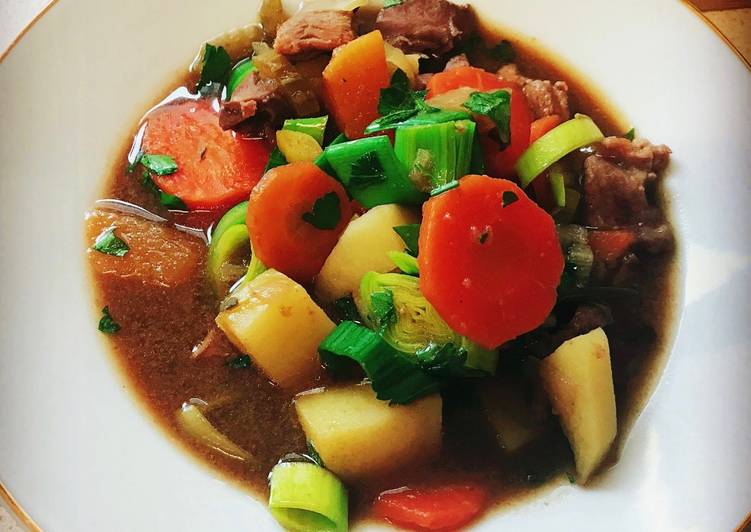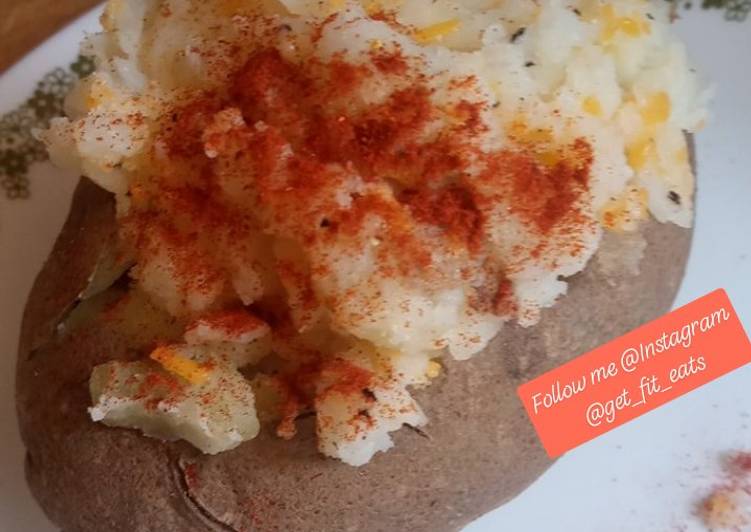
Hello everybody, I hope you are having an amazing day today. Today, we’re going to prepare a special dish, traditional welsh lamb cawl. One of my favorites. For mine, I will make it a little bit tasty. This is gonna smell and look delicious.
Traditional Welsh Lamb Cawl is one of the most popular of recent trending foods on earth. It’s easy, it’s fast, it tastes yummy. It is enjoyed by millions daily. Traditional Welsh Lamb Cawl is something which I have loved my whole life. They’re nice and they look fantastic.
Cawl is what most people regard as the national dish of Wales - the word cawl rhymes with owl, and this traditional country soup is beloved by all Welsh people, young and old, with eyes misting over as they recall their mother's or grandmother's recipe for this hearty dish. Cawl is a stew made from bacon, Welsh lamb or beef, cabbage, and leeks, although using cheaper cuts of meat is also traditional. Welsh recipes for cawl vary from region to region, even season to season.
To begin with this recipe, we have to prepare a few ingredients. You can have traditional welsh lamb cawl using 11 ingredients and 6 steps. Here is how you cook it.
The ingredients needed to make Traditional Welsh Lamb Cawl:
- Get 2 onions, sliced
- Make ready 2 celery sticks, sliced
- Take 2 carrots, peeled and sliced
- Prepare 1 parsnip, peeled and sliced
- Get 1 small swede, peeled and diced
- Take 3 potatoes, peeled and diced
- Get 2 leeks, thinly sliced, separate the white and green parts
- Make ready 750 g lamb neck fillets, trimmed and cut into chunks
- Make ready 2 oxo beed stock cubes
- Take 1 Knorr beef stock pot
- Take Fresh rosemary, thyme, and parsley
In modern Welsh the word is used for any soup or broth; in English it refers to a traditional Welsh soup, usually called cawl Cymreig in Welsh. Historically, ingredients tended to vary, but the most common recipes are with lamb or beef with leeks, potatoes. The traditional Welsh leek and potato soup was once truly the poor man's broth. Unlike the classic dish of Welsh lamb with leeks and root vegetables that Cawl cennin is seasoned with a good grind of black pepper and typically served with a dollop of cream and some freshly made crusty bread spread.
Steps to make Traditional Welsh Lamb Cawl:
- Heat a large pan and add a drizzle of oil, add the onions, celery, parsnip, and swede. Cook the vegetables, stirring all of the time until golden brown. (this adds to the flavor). Then remove the veggies and set aside.
- If needed add a little more oil to the pan, then quickly brown the lamb chunks all over.
- Add the cooked vegetables back into the pan, add the rosemary and thyme and season, pour over enough boiling water to cover the ingredients, add the oxo cubes and the stock pot. Bring to the boil. Then cover and cook gently, the liquid should hardly bubble for 1½ hours, the lamb should be getting very tender.
- Add the potatoes and the white parts of the leeks and cook for a further 30 mins. Check the potatoes are tender and the seasoning and adjust if necessary.
- Finally add the green parts of the leeks, cook for a few minutes more to soften, scatter over the chopped parsley and serve with wholemeal bread and Caerphilly cheese.
- Top Tip: Cawl keeps very well in the fridge and also freezes well, and tastes better the following day.
Cawl is a hearty stew made of meat and any vegetables available. Cawl is a traditional Welsh stew-like dish consisting of meat and vegetables. Its ingredients tend to vary, but usually includes Welsh lamb and leeks. Cawl is translated as soup in modern day Welsh. Cawl has a good claim to be considered the national dish of Wales, and there are a large number of.
So that’s going to wrap it up with this special food traditional welsh lamb cawl recipe. Thank you very much for reading. I am confident that you can make this at home. There’s gonna be more interesting food at home recipes coming up. Remember to save this page in your browser, and share it to your loved ones, colleague and friends. Thank you for reading. Go on get cooking!

